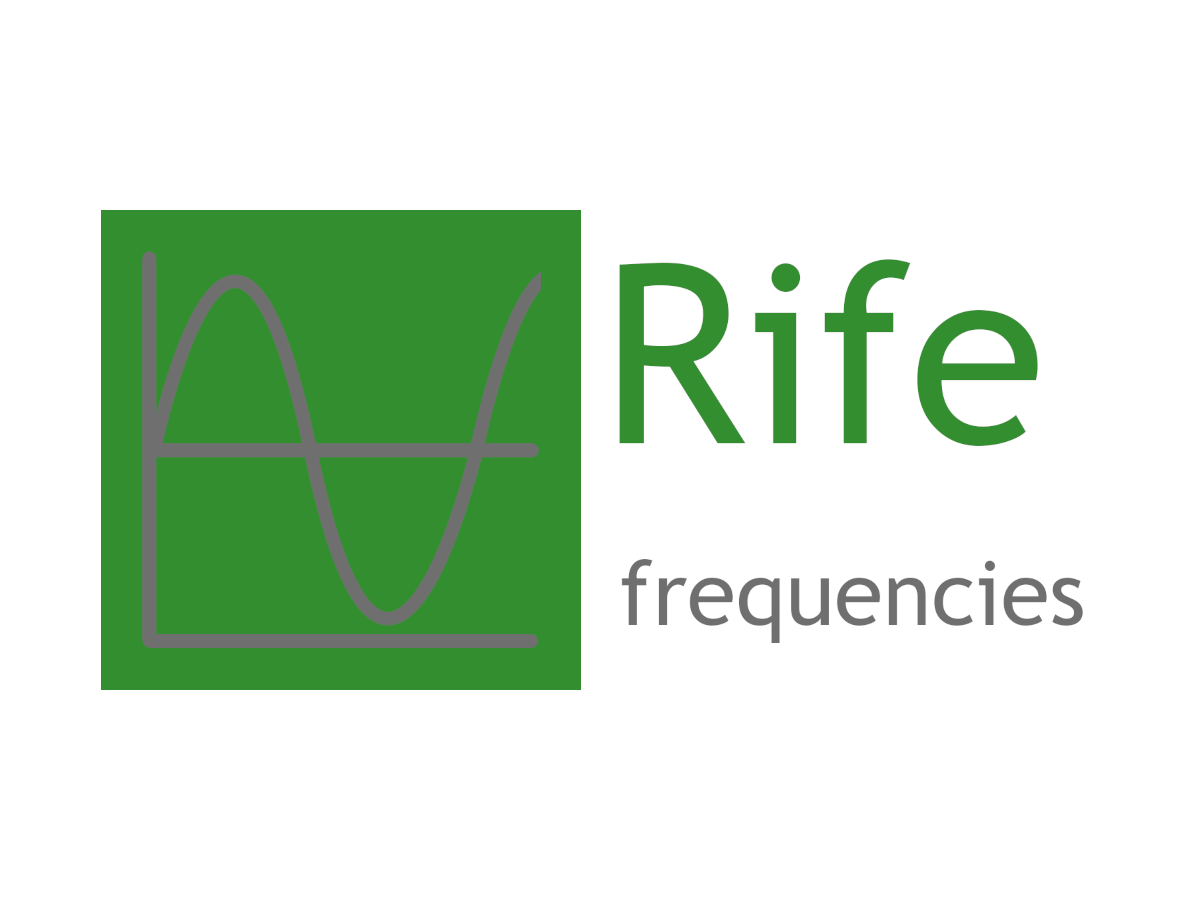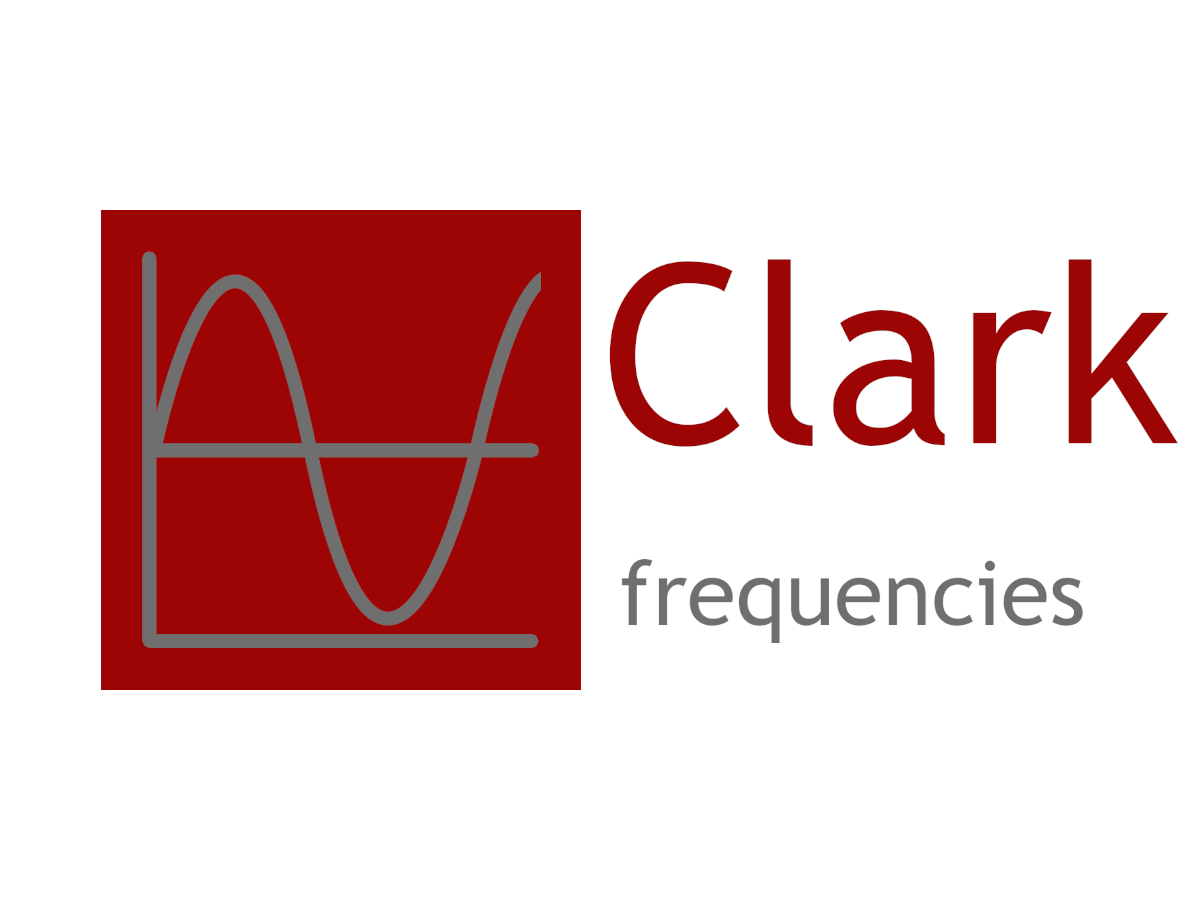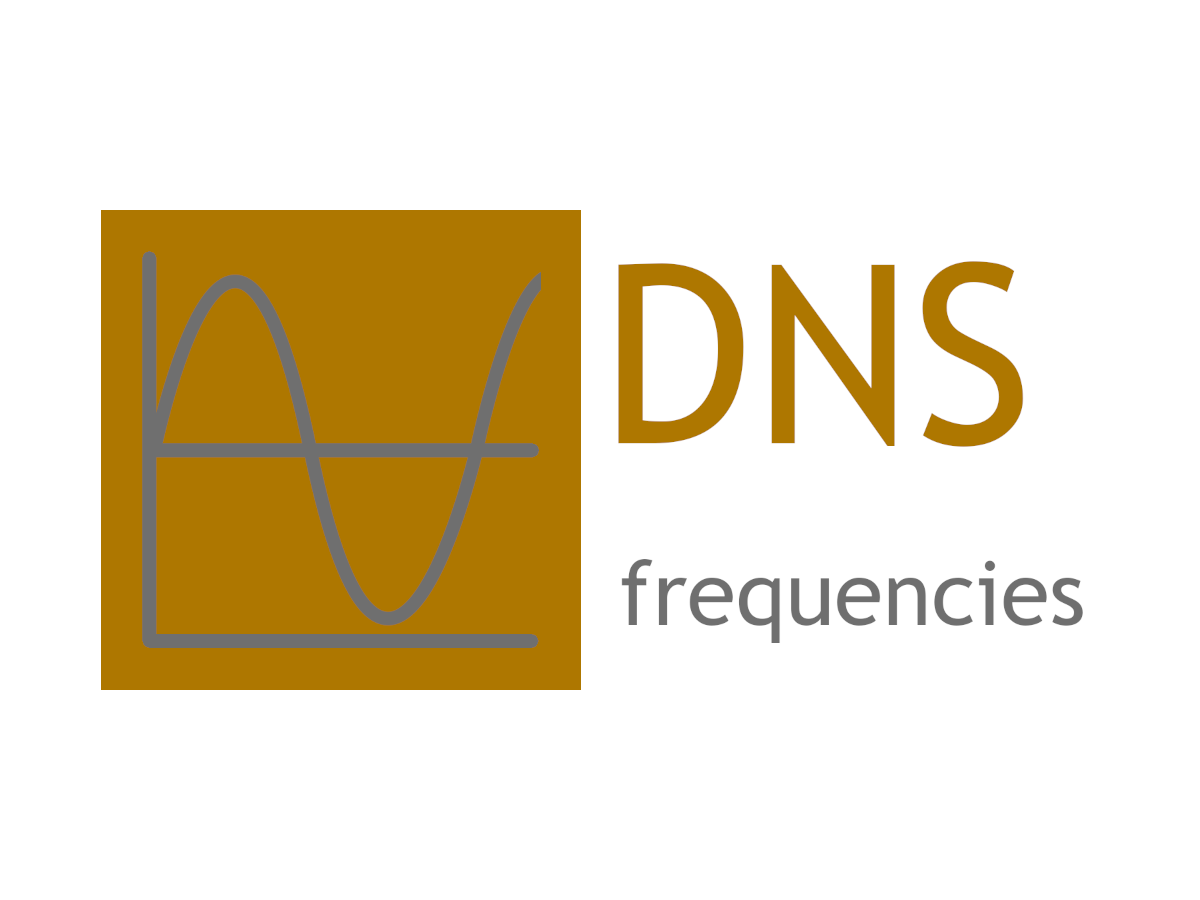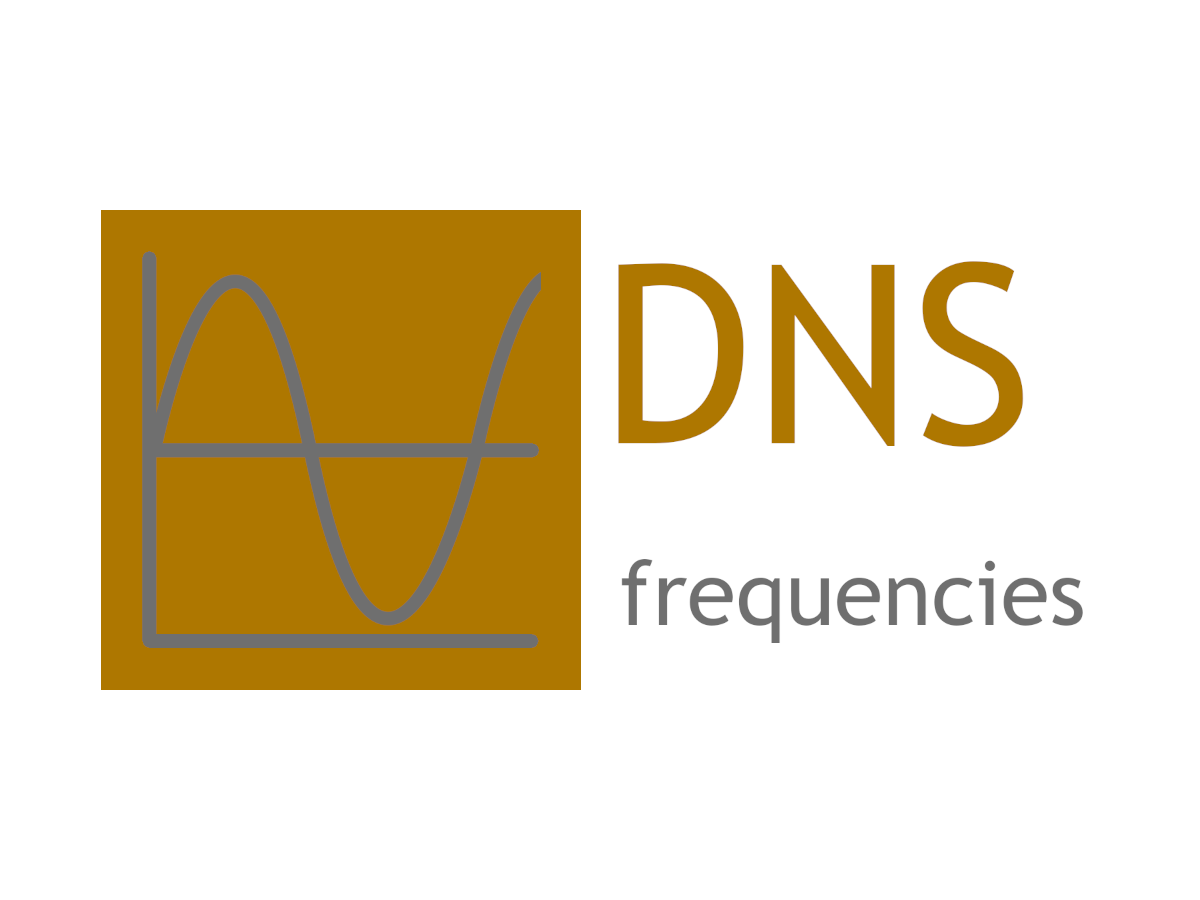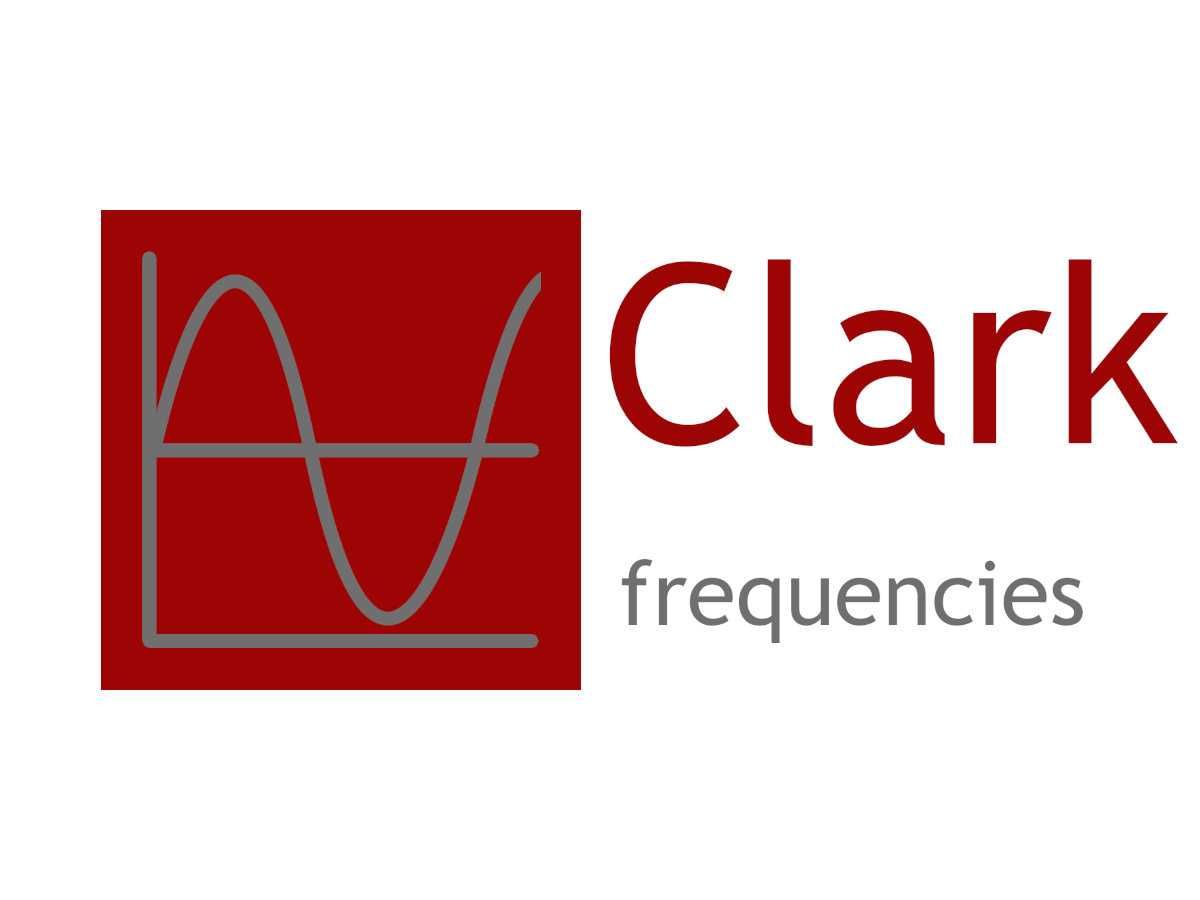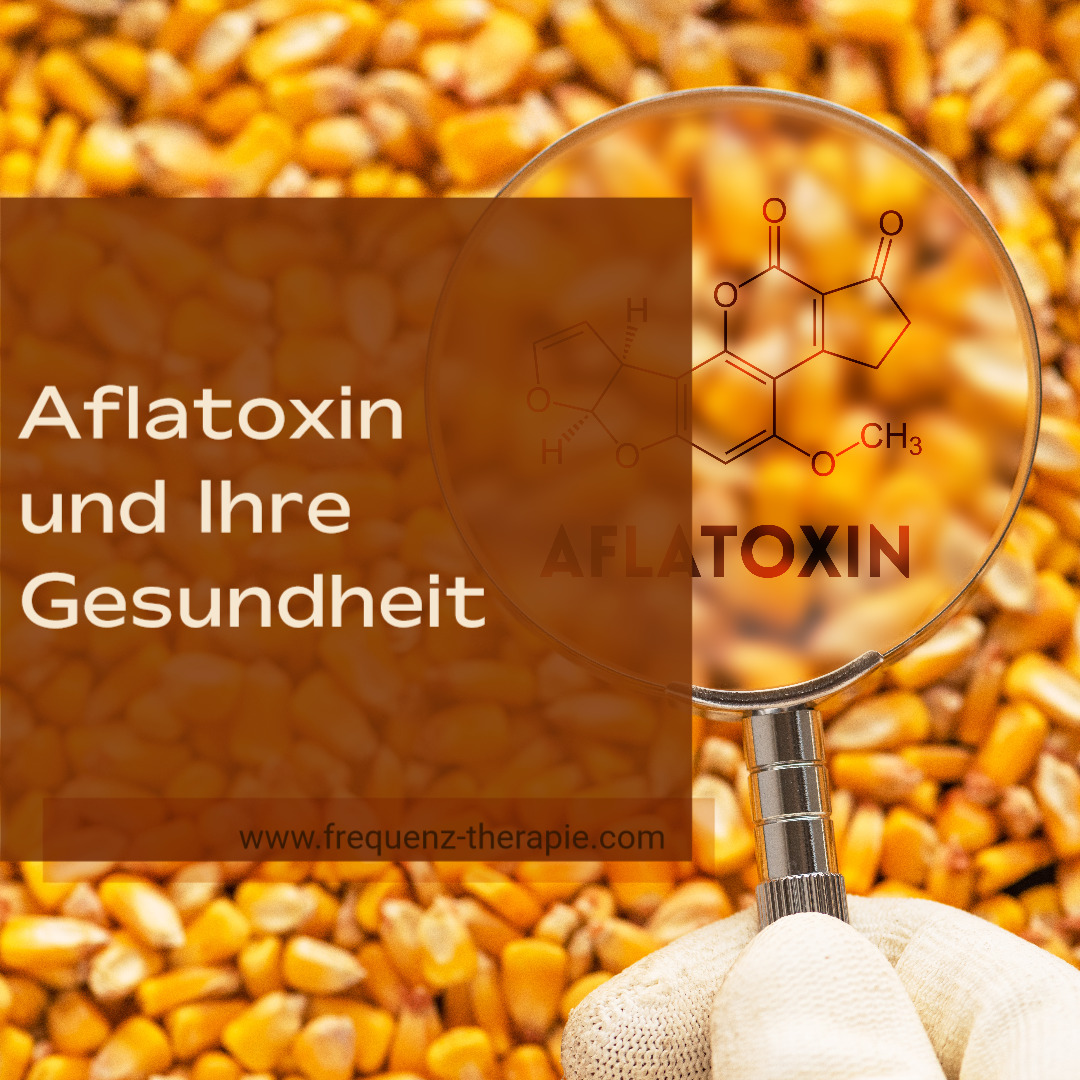
Introduction to aflatoxin and frequency therapy
Aflatoxins are toxic substances produced by certain types of moulds, in particular
Aspergillus flavus and Aspergillus parasiticus. These mycotoxins are
known worldwide as significant contaminants in food and animal feed. Their
discovery dates back to the early 1960s when they were first identified
in peanuts, which led to a massive outbreak of animal poisoning.
Definition and properties
Aflatoxins belong to a group of chemicals known as mycotoxins. These
compounds are not only heat-resistant but also chemically stable, which makes them difficult to eliminate
from contaminated food. There are different types of aflatoxins, with
the most important being aflatoxin B1, B2, G1 and G2. Of these, aflatoxin B1 is the most common
and also the most toxic.
Infection and spread
Contamination with aflatoxins mainly occurs through the consumption of infected
foods. The most frequently affected foods include nuts, maize, rice and
spices. However, animal products such as milk and meat can also be affected by the consumption of
contaminated feed. The spread of aflatoxins is promoted by warm and
humid conditions, such as those found in tropical and subtropical regions.
Significance for health
Aflatoxins are extremely dangerous for humans. Their ingestion can cause both acute and
chronic health problems. Acute poisoning, also known as aflatoxicosis
, can lead to liver damage and, in the worst case, death. Chronic
exposure is associated with an increased risk of liver cancer and other serious diseases
. The International Agency for Research on Cancer (IARC) has classified aflatoxin B1 as
carcinogenic to humans.
In the coming sections, we will dive deeper into the sources and occurrences of aflatoxins,
the associated health risks, and methods to detect and regulate
these dangerous substances.
Sources and occurrence of aflatoxin
Aflatoxins are found in a wide variety of foods and are a global problem,
particularly in developing and newly industrialising countries. The main sources of
aflatoxin contamination are agricultural products infested by the mould species
Aspergillus flavus and Aspergillus parasiticus. These moulds thrive
particularly well in warm and humid climates, which favours contamination in tropical and
subtropical regions.
Frequently affected foods
The most affected foods include nuts, especially peanuts and
pistachios, as well as cereals such as maize and rice. Due to their
nutrient composition and storage conditions, these products provide an ideal growth environment for the
mould fungi. According to the Food and Agriculture Organisation (FAO), up to 25% of the global
harvest is affected by aflatoxins, which has a significant economic impact.
Spices, especially paprika and pepper, are also frequently affected by aflatoxins. The
drying and storage process of these products can promote the growth of Aspergillus
moulds. In the case of animal products such as milk and meat, contamination
can occur indirectly if the animals consume contaminated feed. Studies show that
aflatoxin M1, a metabolite of aflatoxin B1, can be detected in the milk of dairy cows
that have eaten contaminated feed.
Environmental factors and storage conditions
The spread of aflatoxins is influenced by various environmental factors. High
temperatures and humidity provide optimal conditions for the growth of Aspergillus
moulds. Improper storage, such as inadequate ventilation and high
humidity, can also favour the formation of aflatoxins. A study by the University of
Pretoria shows that the correct drying and storage of products makes a decisive contribution to
minimising the risk of contamination.
Knowledge of the sources and occurrence of aflatoxins is crucial to develop effective
prevention and control measures. In the next sections, we will explore the
health risks associated with exposure to aflatoxins and
methods for detecting and regulating these hazardous substances.
Health risks associated with exposure to aflatoxins
The health risks associated with exposure to aflatoxins are
significant and varied. These toxic compounds can cause both acute and chronic
health problems that vary depending on the dose and duration of exposure.
Acute health risks
Acute aflatoxicosis occurs when a person ingests a high dose of aflatoxins over a short
period of time. Symptoms include nausea, vomiting, abdominal pain and dizziness.
In severe cases, acute liver damage, jaundice and even death can occur.
According to a study by the World Health Organisation (WHO), acute outbreaks of aflatoxicosis have been documented in
countries such as Kenya and India, where unsafe storage conditions and a lack of
food monitoring are widespread.
Chronic health risks
Chronic exposure to aflatoxins, even at low levels, poses a significant
health risk. Long-term ingestion can lead to severe liver damage and greatly increase the
risk of liver cancer. The International Agency for Research on Cancer (IARC)
classifies aflatoxin B1 as a Group 1 carcinogen, which means that it is carcinogenic in humans
. A study by the US National Institutes of Health (NIH) shows that chronic
exposure to aflatoxin can also weaken the immune system and increase susceptibility to
infectious diseases.
Effects on children and pregnant women
Children and pregnant women are particularly at risk. Children who ingest aflatoxins,
can suffer growth retardation and developmental disorders. A study in Ghana
showed that children with high aflatoxin exposure had significantly lower growth rates
. For pregnant women, there is a risk that aflatoxins can harm the foetus and
lead to miscarriages or birth defects.
The health risks associated with exposure to aflatoxins
emphasise the need for strict monitoring and control measures. In the
next sections, we will discuss methods to detect and regulate these hazardous
substances as well as strategies to prevent and mitigate contamination.
Detection and measurement of aflatoxin in food
The detection and measurement of aflatoxins in food is a critical step in
ensuring food safety. Various analytical methods are available at
to accurately identify and quantify aflatoxin contamination. These
techniques are crucial to verify compliance with legal limits and minimise
health risks.
Analytical methods
The most common methods for aflatoxin analysis include
high-performance liquid chromatography (HPLC) and enzyme-linked immunosorbent assay (ELISA). The
HPLC method is characterised by its high precision and sensitivity. It enables the
separation and identification of the different aflatoxin types, including aflatoxin B1, B2,
G1 and G2. A study by the European Food Safety Authority (EFSA) emphasises the reliability of
HPLC in the detection of aflatoxins in nuts and cereals.
ELISA tests offer a cheaper and faster alternative to HPLC. These tests
use antibodies to detect specific aflatoxins. According to a study by the US
Food and Drug Administration (FDA), ELISA tests are particularly useful for monitoring
large numbers of samples in a short period of time.
Mobile and portable devices
In addition to laboratory-based methods, mobile and portable devices for aflatoxin
detection are becoming increasingly important. These devices enable rapid on-site analysis, which
is particularly advantageous in agricultural operations and for food control. One
example is the lateral flow immunoassay, which provides results in just a few minutes and does not require
extensive laboratory equipment.
Validation and quality assurance
Validation of analytical methods is essential to ensure accurate and reliable
results. International standards such as ISO 17025 specify requirements for
testing laboratories to ensure the quality and consistency of test results.
A
study by the International Organization for Standardisation (ISO) highlights the importance of
methodical validation and regular calibration of the devices.
The precise detection and measurement of aflatoxins in food forms the basis for
effective monitoring and control measures.
In the next section, we will take a closer look at the
regulatory standards and guidelines in Germany.
Regulatory standards and guidelines in Germany
In Germany, there are strict regulatory standards and guidelines for the control of
aflatoxin in food. These measures are crucial to protect public health
and minimise food contamination.
Legal limits
The legal basis for the control of aflatoxins in food is laid down by
Regulation (EC) No 1881/2006 of the European Union. This regulation defines
the maximum permissible levels of aflatoxins in various food categories. For
example, the limit value for aflatoxin B1 in peanuts intended for direct consumption
is 2 μg/kg. The limit value for the sum of aflatoxins B1, B2, G1 and G2 is 4 μg/kg.
Monitoring programmes
The monitoring of aflatoxin contamination is carried out regularly by the
food monitoring authorities of the federal states.
These authorities
take samples from retailers and imports and analyse them for
aflatoxins. According to the Federal Office of Consumer Protection and Food Safety (BVL),
the results of these monitoring programmes are decisive for the assessment of
food safety and the initiation of measures in the event that the
limit values are exceeded.
Import controls
Particular attention is also paid to the control of imports from third countries,
especially from regions with a high risk of aflatoxin contamination. Products such as nuts,
spices and dried fruit are subject to strict import controls. These controls
include document checks as well as physical inspections and laboratory analyses.
Measures if limits are exceeded
If the limits for aflatoxins are exceeded, food companies
are obliged to take immediate action. These measures may include recalling
affected products, removing them from the market and informing consumers
. Compliance with these measures is monitored
and enforced by the competent authorities.
Research and further development
In order to further minimise the risk of contamination, the German government is promoting research
to combat aflatoxins. Projects such as "MycoSafe-South" aim to develop innovative
methods to reduce mycotoxins in food and animal feed and to improve
safety along the entire food chain.
The strict regulatory standards and continuous monitoring measures in
Germany play a key role in minimising public exposure to
aflatoxins and ensuring food safety.
Prevention and mitigation strategies for aflatoxin contamination
The control and prevention of aflatoxin contamination is crucial to ensure
food safety and minimise health risks.
Various strategies can be used effectively to reduce contamination along the
entire food chain.
good agricultural practices
An essential step in reducing aflatoxins starts in the field. The
implementation of good agricultural practices (GAP) includes the selection of resistant
plant varieties, proper crop rotation and the use of biological controls such as
antagonist moulds that inhibit the growth of Aspergillus species. A study
by the Food and Agriculture Organisation (FAO) shows that the use of GAP can reduce aflatoxin
contamination by up to 80%.
optimised harvest and storage conditions
after harvesting, the correct drying and storage of the products is crucial. Moisture
should be kept to a minimum to prevent the growth of moulds.
Mechanical drying and the use of ventilation systems help to keep
humidity in warehouses low. According to a study by the University of Pretoria
, maintaining optimal storage conditions can significantly reduce the contamination rate.
Biological and chemical interventions
Biological methods, such as the use of non-toxic Aspergillus strains that act as
competitors to toxic strains, are promising. Chemical treatments,
such as the use of ozone or organic acids, can also inhibit the growth of
moulds and the production of aflatoxins. A study by the International
Institute of Tropical Agriculture (IITA) emphasises the effectiveness of these methods.
Monitoring and training
Regular monitoring and training of farmers and food producers are
crucial components of prevention. Through training, stakeholders in the
food chain can be educated about the risks and prevention methods of aflatoxins.
programmes such as "MycoSafe-South" support farmers in risk areas through
training and technical assistance.
Consumer education
Finally, consumer education also plays an important role. Informed consumers
can contribute to the reduction of aflatoxin
contamination by purchasing certified and tested products. Campaigns and information programmes can help to raise
awareness of the dangers of aflatoxins.
A combination of these strategies can effectively reduce exposure to aflatoxins
, leading to a safer food supply and better health outcomes
.
Bibliography:
https://flexikon.doccheck.com/de/Aflatoxin
https://de.wikipedia.org/wiki/Aflatoxine
https://
www.laves.niedersachsen.de/startseite/lebensmittel/ruckstande_verunreingungen/
aflatoxin-content-of-various-foodstuffs-134526.html
https://www.lgl.bayern.de/
food/chemistry/mould toxins/aflatoxins/index.htm
https://www.ages.at/mensch/
ernaehrung-lebensmittel/rueckstaende-kontaminanten-von-a-bis-z/aflatoxine
https://
www.efsa.europa.eu/de/topics/topic/aflatoxins-food
https://utopia.de/ratgeber/aflatoxin-wiedas-
fungal-poison-in-food-caught/
https://www.knauer.net/de/Lebensmittelanalyse-mit-HPLC/
analysis-of-mycotoxins-and-aflatoxins
Become a member now
As a member, you will receive further information and frequencies on this topic! Log in here!

